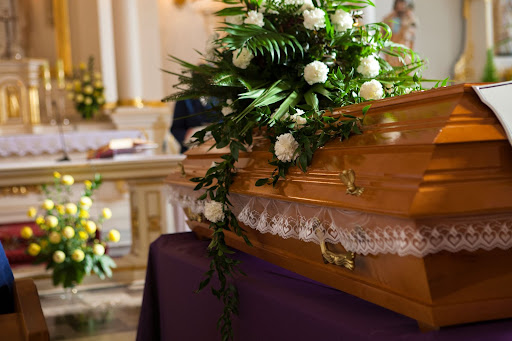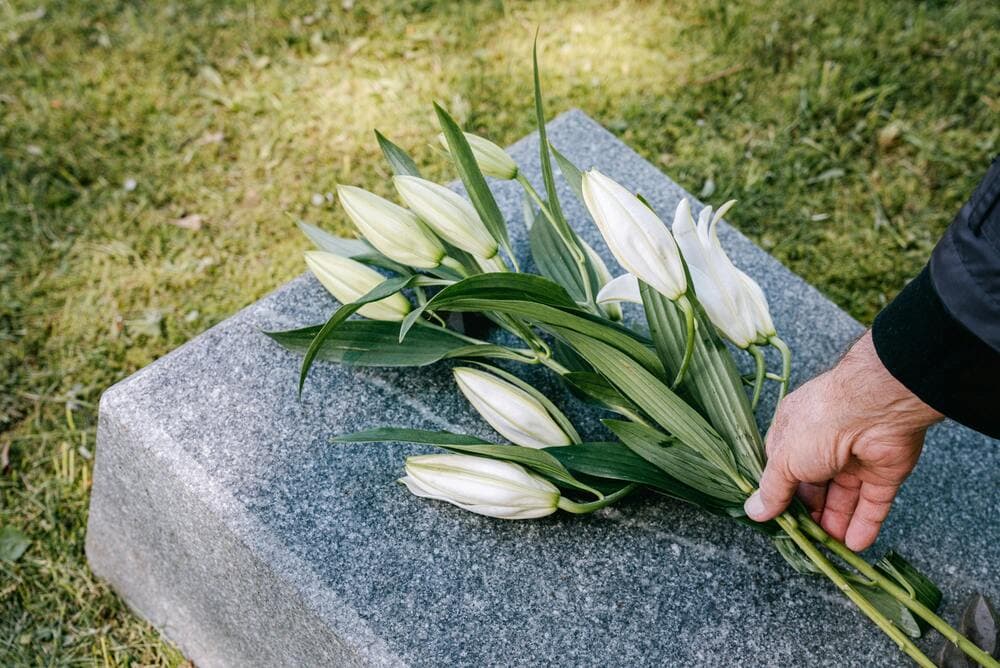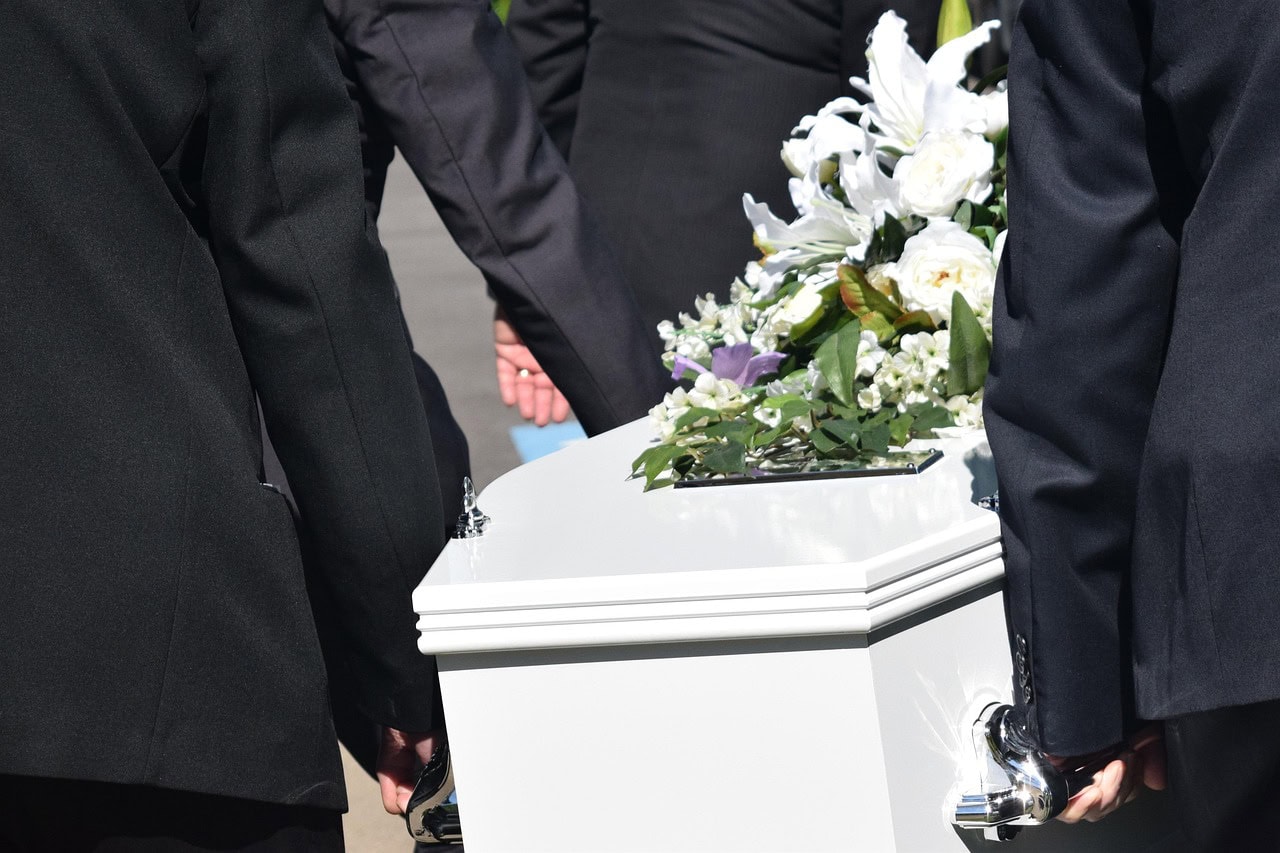
Losing a loved one is a deeply challenging experience, and when it comes to honouring their memory and bidding them farewell, understanding the funeral customs and rituals becomes essential. Catholic Funeral are rich in tradition and symbolism, providing a meaningful way to celebrate the life of the deceased while offering solace to grieving family and friends.
In This Blog Post, We Will Walk You Through Every Phase Of A Catholic Funeral Service, Shedding Light On The Customs And Practices Involved:
-
Planning and Preparation
When a Catholic passes away, the first step is to contact the parish priest or a Catholic funeral service provider to make the necessary arrangements. This involves selecting a suitable funeral package that aligns with Catholic traditions. Several funeral service providers, like the Funeral Services, specialize in arranging Catholic and other funerals and offer comprehensive catholic, and Buddhist Funeral Package tailored to the specific requirements of the Catholic community.
-
Vigil or Wake
The vigil, also known as the wake, is the first phase of a Catholic funeral service. It typically takes place in the presence of the deceased’s body, either at home or in a funeral parlour. During this period, family members, friends, and community members gather to offer prayers, share memories, and provide support to one another. The vigil often includes the recitation of the Rosary, scripture readings, and reflections on the life of the deceased.
-
Funeral Mass
The Funeral Mass is the central part of a Catholic funeral service. It usually takes place in a Catholic church and is presided over by a priest. The Mass focuses on celebrating the deceased’s life, praying for their soul, and offering comfort to the grieving. The liturgy includes prayers, hymns, scripture readings, a homily, and the Eucharist. The Funeral Mass underscores the Catholic belief in the resurrection and eternal life, reminding attendees of the hope and solace found in the promise of salvation.
-
Committal
Following the Funeral Mass, the committal takes place, where the deceased is laid to rest. This phase usually occurs at a cemetery or a crematorium. Prayers, scripture readings, and blessings are offered as the body is buried or cremated. The committal serves as a final farewell, allowing family and friends to bid their last goodbyes and find closure. It also provides an opportunity for individuals to express their condolences and support to the bereaved family.
-
Post-Funeral Gatherings
After the Catholic funeral service concludes, it is common for family and friends to gather for a reception or a meal. This gathering allows the community to extend their condolences, offer support, and share memories of the deceased. The post-funeral gathering serves as a time of healing and bonding, enabling loved ones to come together and provide comfort to one another during the grieving process.
Conclusion
Understanding the different phases of a Catholic and Direct Funeral Services can help individuals navigate through the grieving process and participate meaningfully in honouring the deceased. From the initial planning and preparation to the post-funeral gatherings, each phase carries its own significance and purpose. By embracing the customs and traditions associated with Catholic funerals, families and friends can find solace, strength, and a sense of unity during this difficult time.


